White-necked Raven - an unusually accessible nest with some secrets to tell
Within part of our South African Great Karoo 'home range' a pair of White-necked Ravens (Corvus albicollis) has nested successfully for several years in an unusually exposed site.

The nest is on a ledge about 3 m above a large dam. The parents have specialized in hunting tortoises of three species (Psammobates tentorius - the majority; young Sigmochelys pardalis and Homopus spp.), as well as fresh water crabs.
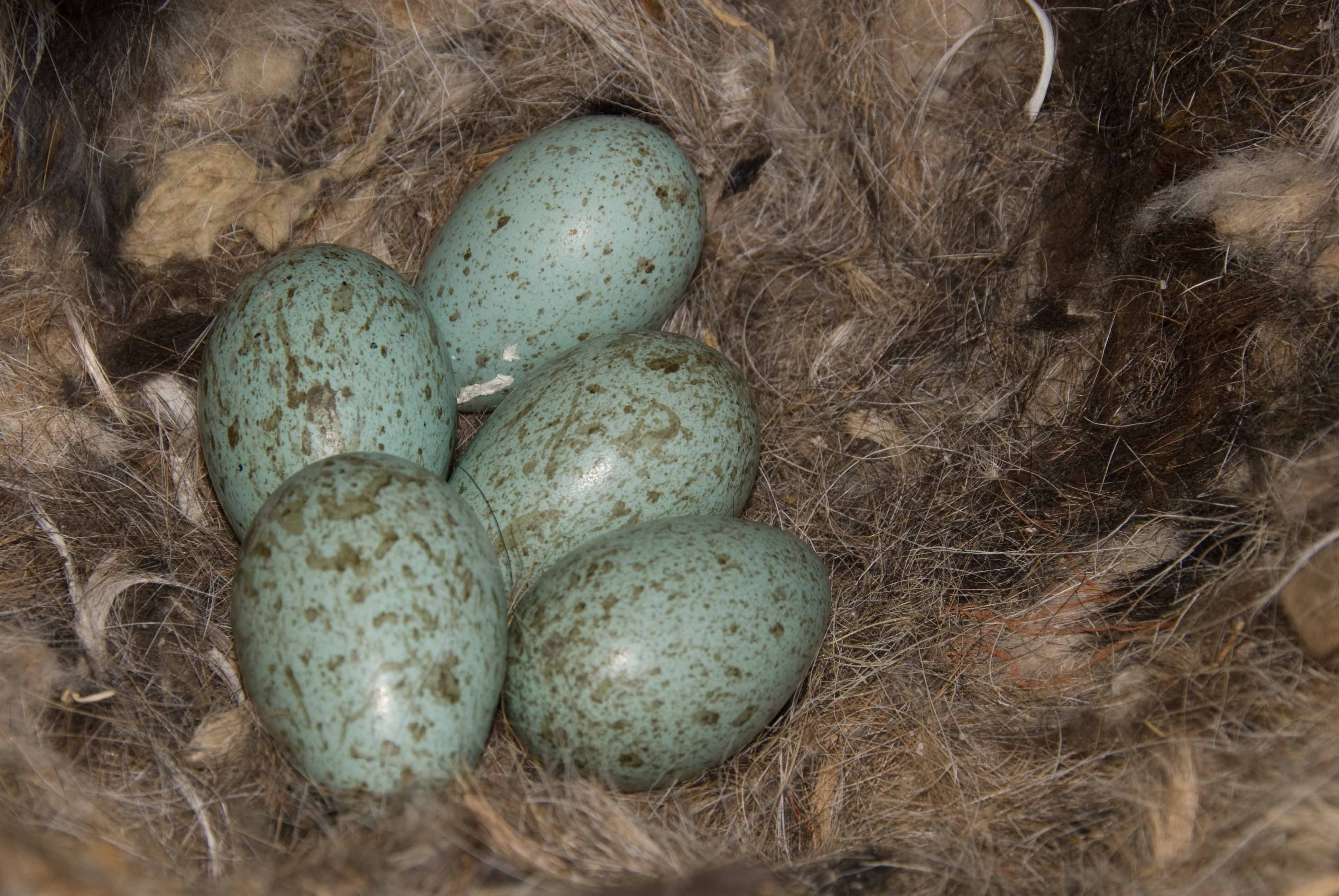
Before the eggs are laid the cup of the nest is thickly lined with sheep wool.
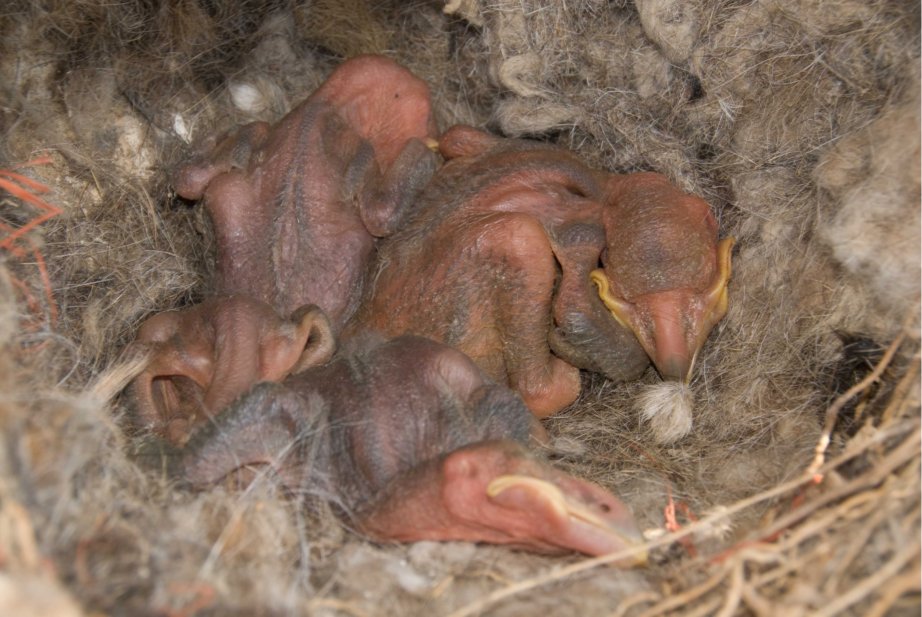
When the chicks hatch and for several weeks after, the parents remove the droppings with some of the wool.
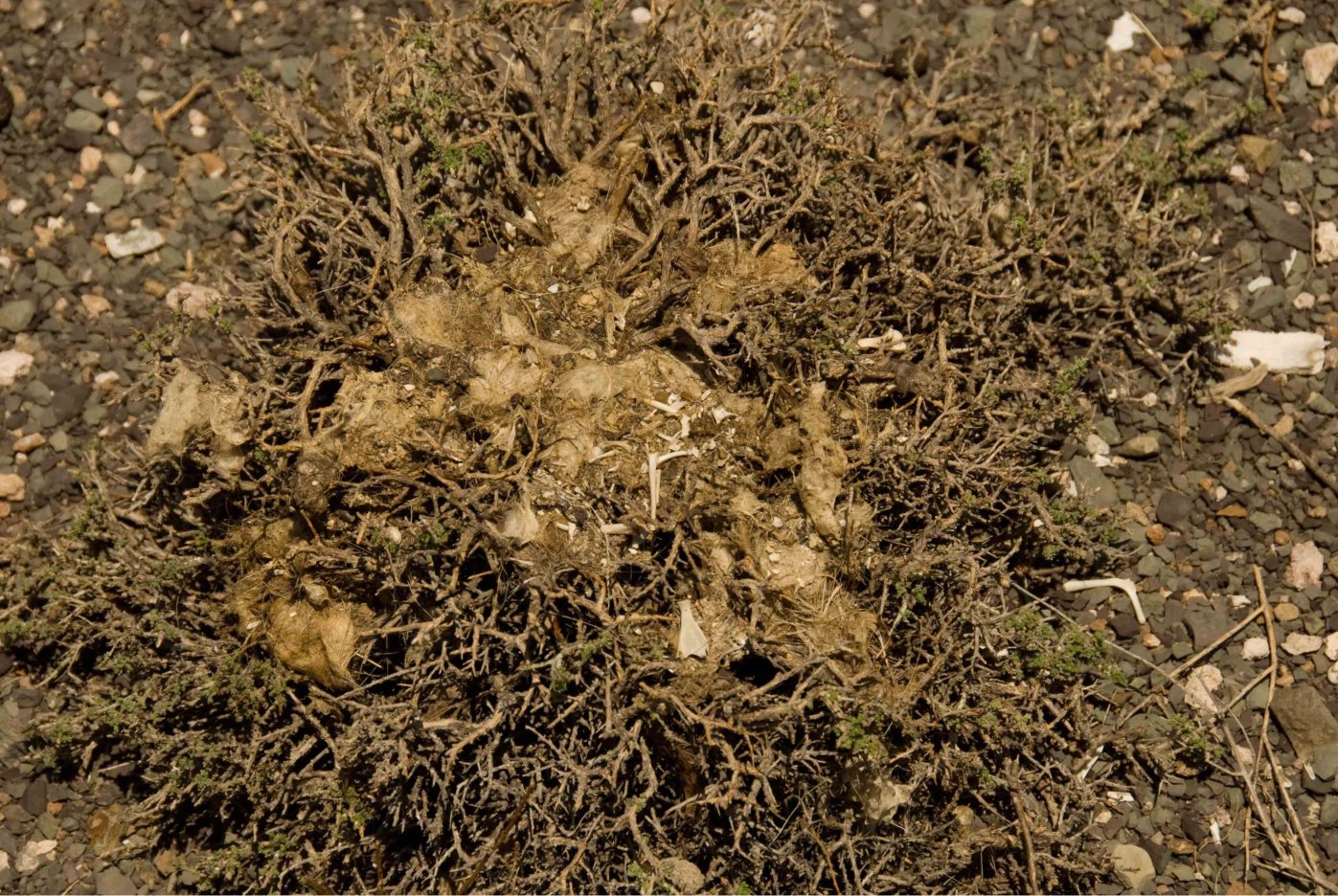
These disposable 'nappies' are then wedged in low Karoo bushes within 100 m of the nest. At the end of the nesting season many low bushes are festooned with these 'nappies'.
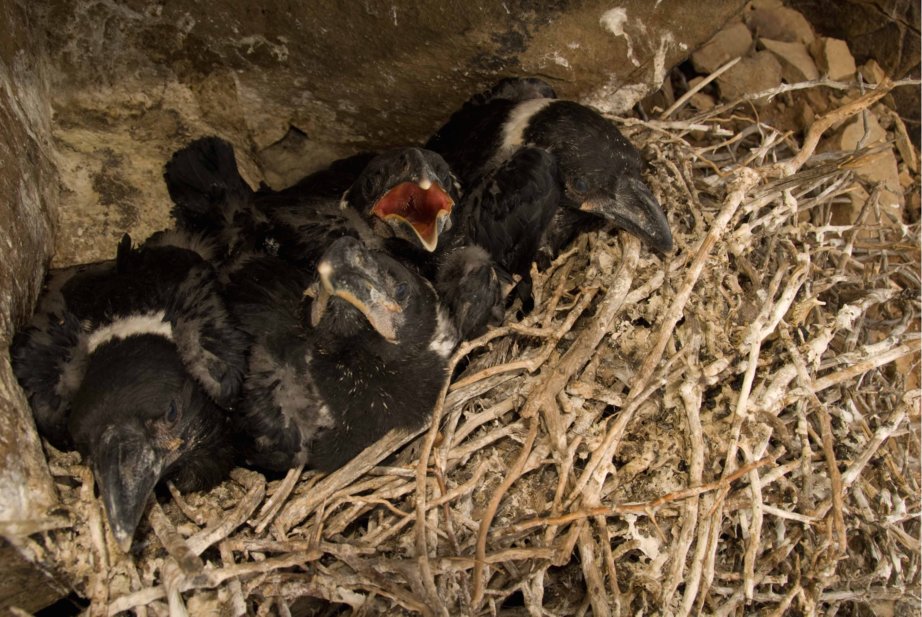
By the time the fledglings are strong enough to defecate over the edge of the nest virtually all wool lining has been removed. One reference states that the female swallows the droppings but this female had obviously not read the correct references.
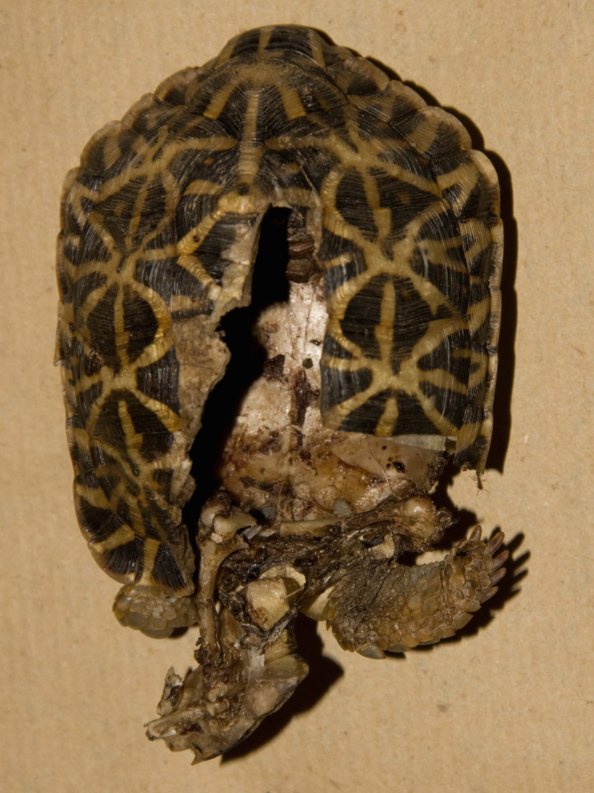
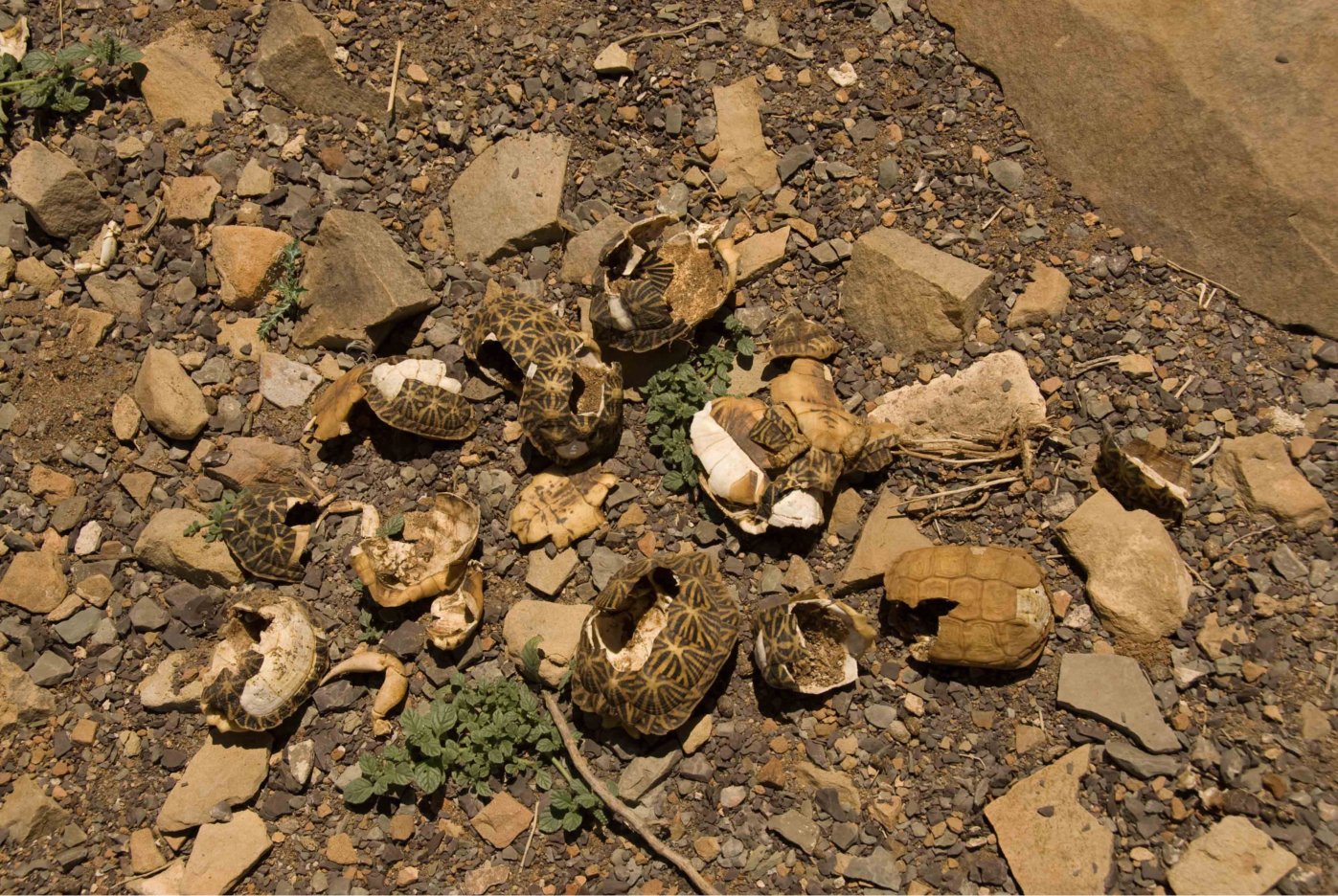
Food brought to the nestlings consisted mainly of tortoise flesh. 'Anvil' sites were located at one end of the dam wall and unlike most ravens, this pair did not drop the chelonians from a height onto a rock but actively 'chiselled' open the carapaces with the beak.
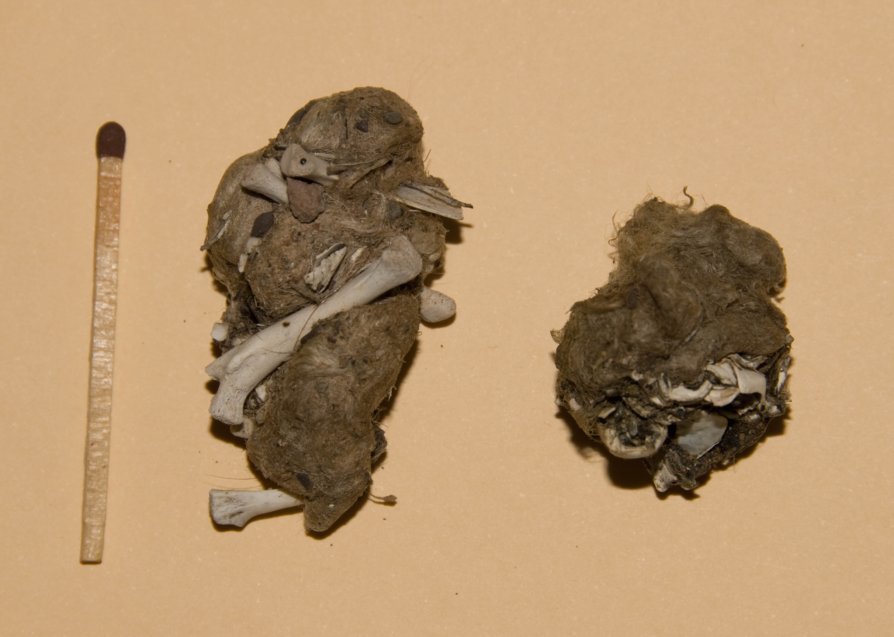
Regurgitated raven pellets containing tortoise bones.
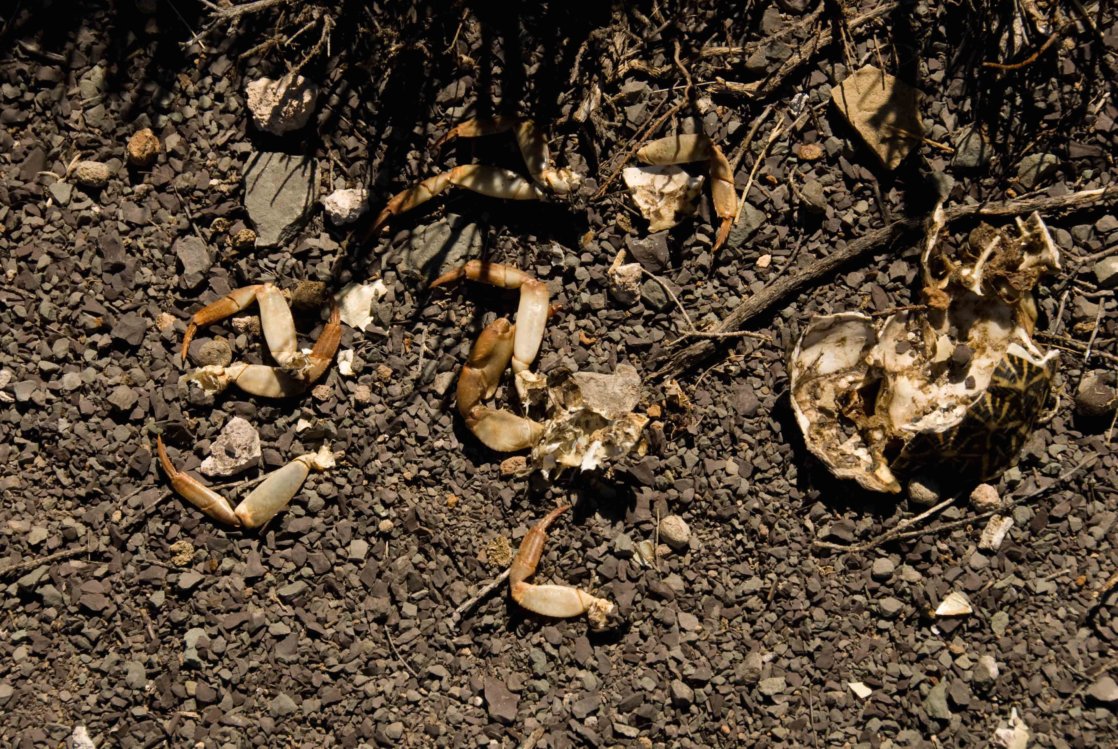
Freshwater crabs, numerous at the site, were excavated from the mud and gravel with the beaks, dismembered and carried to the nest.
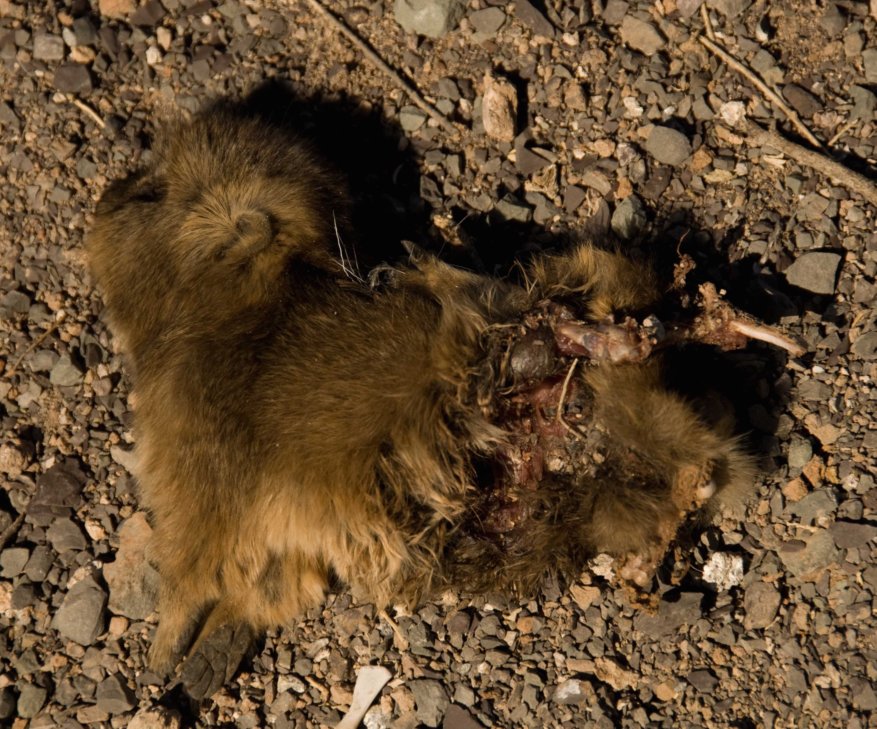
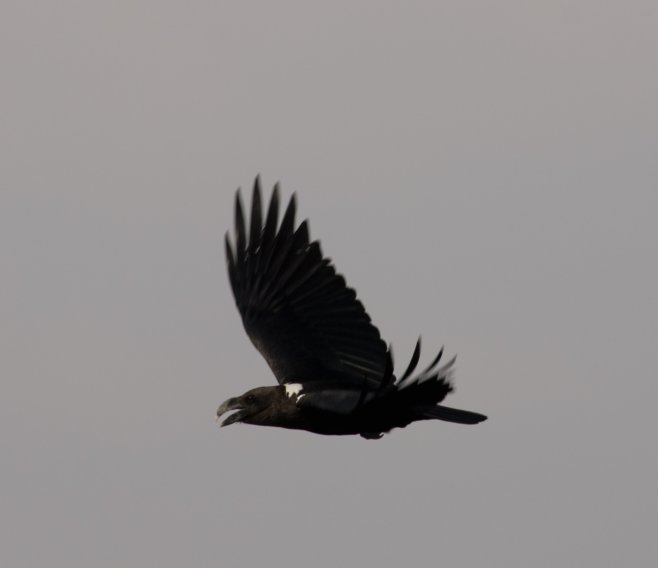
During October - when the Rock Hyrax (Procavia capensis) were dropping young - the raven adults managed to overpower several. But once more than one week old the young hyrax were too fast and were able to elude the ravens.
